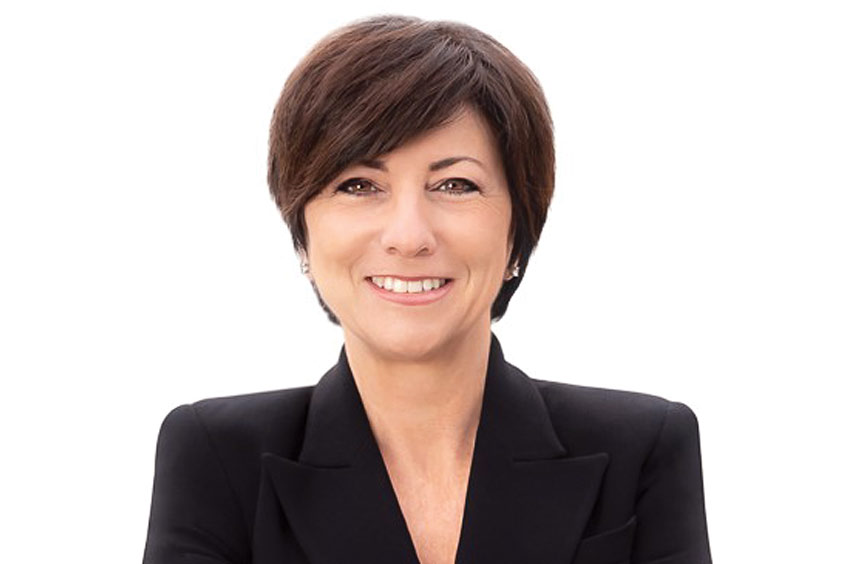ACE 2026 - The home of global charter.
 The bimonthly news publication for aviation professionals.
The bimonthly news publication for aviation professionals.

Pratt & Whitney Canada is driving forward its environmental commitments by supporting efforts to advance 100 per cent SAF compatibility for its engines. It has expanded its carbon offset service to regional customers and has advanced its hybrid-electric propulsion technology and flight demonstrator programme, all while consistently making current products environmentally best-in-class.
“Pratt & Whitney Canada is uniquely positioned to bring productive, safe propulsion to the world, combining efficient thermal and electrical propulsion systems, while offering the broadest suite of solutions to customers,” says president Maria Della Posta. “To that end, we've made several advancements in our sustainability roadmap that herald the application of proven technology to achieve net zero CO2 emissions by 2050.”
The entire P&W engine portfolio can currently operate at up to 50 per cent SAF blend and the company is working towards making its engines 100 per cent SAF ready for the future. Most recently, a PW100 turboprop engine ran successfully on 100 per cent SAF during a series of ground and flight tests on ATR's 72-600 prototype aircraft. ATR is targeting a demonstration flight in early 2022 on a Braathens Regional Airlines' ATR aircraft, where both PW100 engines will run on 100 per cent SAF. P&WC has also launched a SAF pilot programme with German helicopter operator ADAC that will operate SAF blends for a 36 month testing timeframe. The programme will set one of the most extensive operational SAF usage cases for the rotary wing sector. The company continues to play an active role in educating and influencing the aviation community to adopt SAF.
Carbon offsetting also plays an important role in reducing aviation's environmental footprint, and P&WC's Carbon Offset Service, launched in December 2020, is now available to regional customers on a Fleet Management Programme. This intuitive programme is designed to help operators minimise their emissions footprint and actively reduce CO2 emissions faster than they would otherwise, through initiatives focused on renewable energy and forest conservation.
On the hybrid-electric front, P&WC continues its successful collaboration with Collins Aerospace and De Havilland Aircraft of Canada on a hybrid-electric flight demonstrator, targeting a 30 per cent reduction in fuel burn and CO2 emissions, compared to a modern regional turboprop airliner.
“We are excited about the progress we've made in the hybrid-electric space with our propulsion technology. It remains a core element of our strategy to make aviation more sustainable,” says vice president, business development and commercial services Scott McElvaine. “We are growing our team to support the technology development, recently hiring 25 engineers, and are continuing our search to add even more talent over the course of this year. We are on track for ground testing in the latter half of 2022.”
The Dash 8-100 flight demonstrator will include an advanced electric motor and controller from Collins Aerospace.
P&WC is also continuing its engine improvements and investments in advanced technologies, enabling more efficient, lower-emissions propulsion across multiple market segments and applications. The new regional turboprop engine series, the PW127XT, selected by ATR as the new standard for its ATR 42/72 aircraft family, offers 40 per cent extended time on wing, 20 per cent lower maintenance costs and a 3 per cent improvement in fuel efficiency. The 3 per cent reduction in fuel consumption adds to the advantage that's inherent to Pratt & Whitney Canada regional turboprop engines consuming 40 per cent less fuel and fewer CO2 emissions compared to similar-sized jets for similar missions. The award-winning PT6 E-series is the first general aviation turboprop engine to offer a dual-channel integrated electronic propeller and engine control system, and its unmatched reliability has made possible the growth of single engine operations around the world and as such, the corresponding fuel consumption benefit. Finally, the award-winning PW800 engine, now selected on four business jet platforms, offers double-digit improvements in fuel burn, emissions, noise and maintenance intervals leading the way in its class.